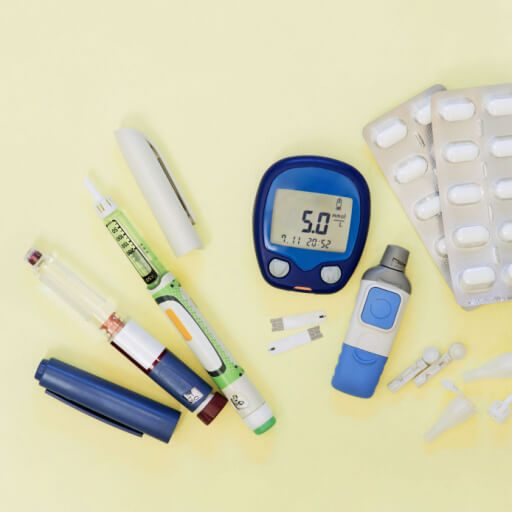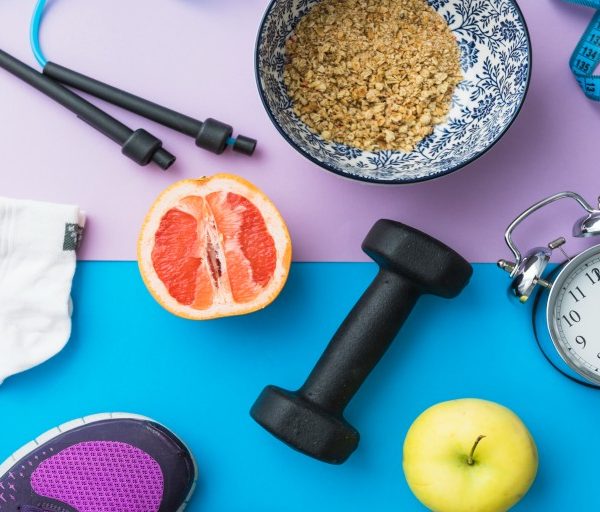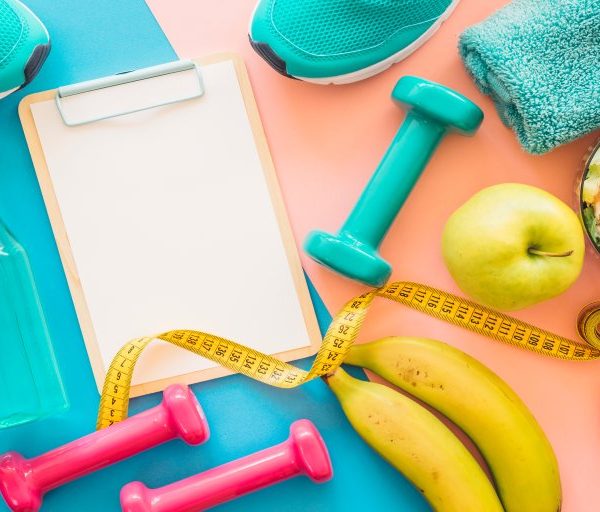Type 1 diabetes is a chronic condition wherein the body does not make insulin and, therefore, cannot control the amount of sugar in the blood. Type 2 diabetes is a chronic illness in which the body does not produce or use insulin normally (insulin resistance). Hence, many diabetes patients undergo insulin therapy to manage blood sugar levels and prevent diabetes complications.
What you need to know:
- Role of insulin in our body
- What are the types of insulin?
- Exercising precautions while injecting insulin
Role of insulin in our body
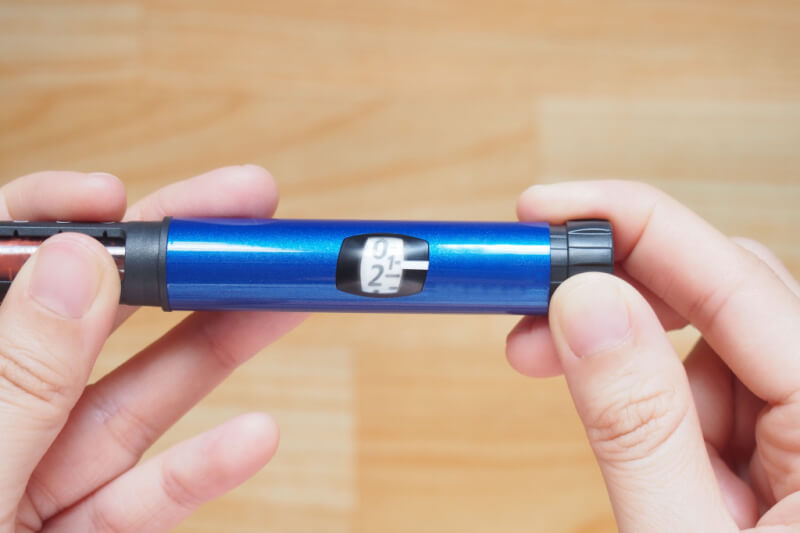
Insulin plays an integral role in our body:
- Regulate your blood sugar level: The food you consume contains fiber, starch, and sugars that form carbohydrates. These carbohydrates break into glucose, the body’s primary energy source. The pancreas produces insulin when glucose enters the bloodstream, allowing the body’s cells to use glucose as energy.
- Stores excess glucose: When your insulin levels are high, the excess glucose is stored in the liver as glycogen. When you are low on energy, the liver releases glycogen into the bloodstream, thus, keeping the blood sugar levels in a narrow range.
What are the types of insulin?
People with type 1 diabetes inject insulin to control their blood sugar levels. Patients with type 2 diabetes depend on insulin supplements only when their lifestyle changes and medications do not work. There are several types of insulins available. Your doctor will prescribe insulin dosage depending on the type of diabetes you have, your glucose levels, and your blood sugar level fluctuations.
Here are the types of insulin:
- Long, ultralong, or intermediate-acting insulin: This helps the body use glucose and prevents the glucose levels from rising. These insulins work for around 8-40 hours, depending upon the type of insulin.
- Rapid or short-acting insulin: Mealtime insulins are ideal for preventing a blood sugar level spike after meals. Their effect kicks in faster, but it works for a shorter period. It is advisable to know the number of servings of carbohydrates in a meal to understand the amount of mealtime insulin you need to inject. If you wait too long to eat your meal after injecting this insulin, your blood sugar levels can get low, leading to hypoglycemia.
Exercising precautions while injecting insulin
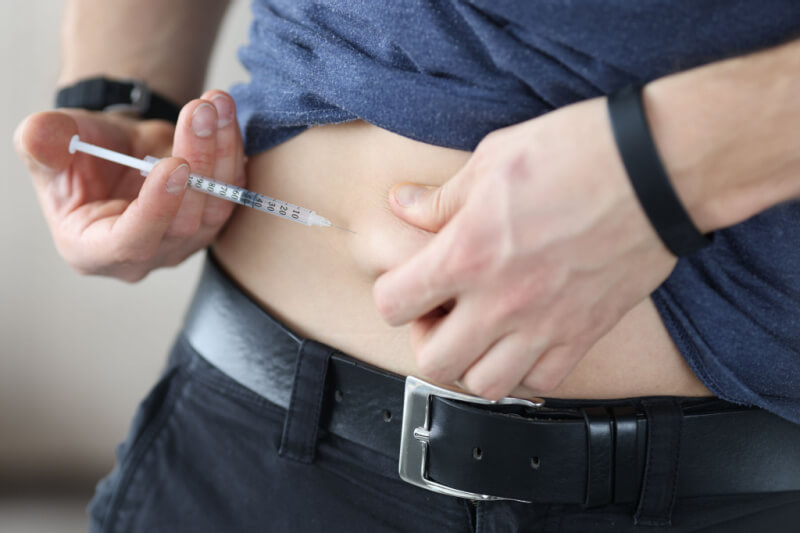
You can opt for insulin pens or shots (syringes) that can be injected into the fat below your skin (subcutaneous injection). You can also use an insulin pump, which pushes small, steady doses of rapid-acting insulin into a thin tube inserted underneath your skin. Keep in mind to rotate the place where you inject insulin. The best sites for injecting insulin are areas with higher fat content, like the abdomen, the front or side of your thighs, the upper hip area, or the upper arms.
Exercise precaution while injecting insulin.
- Avoid injecting insulin in the same place every time to prevent a condition called lipodystrophy. Herein, the fat under your skin either breaks down or builds up and forms lumps that can obstruct insulin absorption.
- Try not to inject too close to your belly button or any other mole or scar.
- Inject it at least 2 inches away from the previous site.
- It is also advisable to clean your skin with soap and water before you inject insulin to prevent infection.
Your insulin treatment also involves the need for you to check your blood sugar levels regularly. You can calculate your blood glucose levels on our online Blood Sugar Level Calculator. If you face an issue with your insulin regimen, contact your doctor.
Stay active in the Activ Living Community to find more details on nutrition and fitness.





 1800-270-7000
1800-270-7000


